The Ecole des Arts Joailliers presented an exhibition dedicated to Jean Vendôme, pioneer of contemporary jewelry.
The school reopened on September 14. On this occasion, she offered courses in French at a preferential rate of €50, for some at the end of the day.
In order to combat school dropout , the school will repay the amounts corresponding to the enrollment , to a charity in favor of educational support for young people.
School programs
The Ecole des Arts Joailliers, located not far from Place Vendôme, has presented its 8th Parisian exhibition “Jean Vendome, Artiste Joaillier“. Scheduled for early May, it had already been postponed to early October.
To visit the one-hour exhibition, you must book your slot at www.lecolevancleefarpels.com. Each visit gathers about twenty people (rules of distancing and wearing of the mask).
The school also organizes private visits, “Behind the Scenes of the Exhibition”, followed by exchanges with the exhibition commissioner and professionals. They are similar to “courses” in the presence of the exhibition curator, a gemologist or an art historian. During 2 hours, the public can discover the secrets of the creator’s universe and his atypical creations. These visits (only upon reservation) are based on 6 different themes:
- Poetics of stones
- Jean Vendome told by the exhibition curator
- The art of Jean Vendome, an avant-garde jewelry
- Drawing in the creative process of Jean Vendome
- Jean Vendome, a love for atypical stones
- Academician swords, symbolic jewels
Initiated in 2012, place Vendôme with the support of Van Cleef & Arpels, the School of Arts Joailliers, offers workshops, à la carte courses (from 2 to 4 hours) and conferences. Jewelers, designers, make-up artists, art historians, gemmologists, watchmakers, lacquers or enamelers provide their know-how. The school also organizes free exhibitions. Its motto is: “To make understand, to share, in a word to initiate to what is the soul of these exceptional trades”.
The school includes:
- A drawing studio to learn the techniques of gouacher
- A gemology workshop to handle stones
- A workshop of lacquer and enamel
- 2 classrooms dedicated to the history of the jewel
- A jewelry workshop to experiment with gestures
- A conference and exhibition hall
- A library to deepen your knowledge
Other exhibitions offered by the EAJ
The conference “Art of Jean Vendome, Jean Vendome, portrait of a visionary” scheduled for November 5 at the National Museum of Natural History is canceled. The creator’s son, the jeweler Thierry Vendome and François Farges, a mineralogist at the National Museum of Natural History and scientific curator of the exhibition “Pierres precieuses”, were to participate.
The exhibition “Precious stones” presented by the MNHN and Van Cleef & Arpels, from 16 September 2020 to 14 June 2021 was also discontinued. During this exhibition, the school had organized several workshops for children and conferences.
At the other end of the planet, there is a second campus in Hong Kong since 2019. The School of Jewelry Arts presents simultaneously in Paris, the exhibition “Discover the stones, Rubies and Saphirs”. This course combines gemology, photography, art and science, the beauty of nature and human creativity.
The exhibition “Jean Vendome, jewelry artist”
Scheduled for October 8 to December 18, the exhibition has been canceled since October 30, when reconfinement began. However, it is possible to follow this tour of the creator’s universe through digital technologies.
Sophie Lefèvre, curator of the exhibition is accompanied by Thierry Vendome, son of the creator to talk about the artist who has made 30,000 jewels.
The first part is aimed at the renewal of the jewel. Articulated around the sword of the academician Roger Caillois, the second part evokes the artist’s intimate universe. The jeweler is inspired by the beauty of minerals (agates, ghost quartz, tourmaline, shiny quartz, green apophyllite or cobaltocalcium). The last part shows another way of thinking about the jewel.
This 8th exhibition pays tribute to the work of avant-garde creator Jean Vendome. Although still little known to the public, it paved the way for modern artistic jewelry during the twentieth century. This contemporary jeweler puts kinetic art, architecture and modernist sculpture at the service of his creativity. He likes to make everything himself, from drawing to model and then to the execution of the jewel. A mix of noble materials and unexpected materials, unusual assemblies far from the norms and conventions mark its originality. For him, the value lies in the creation and not the material. His sources of inspiration are Lalique, Vever or Lacloche.
The 130 jewelry exhibited, from private and public collections, show all the originality of his creation and his love of minerals. It is also a catalog of his meetings with personalities including Vasarely, Kijno, Paul-Emile Victor or the academician Roger Caillois.
Original parts: cufflinks created for General de Gaulle in 1965, in yellow gold and dinosaur bones.
Who was Jean Vendome
Jean Vendome, sculptor-creator of the modern jewel, was born in Lyon on April 18, 1930. His real name is Ohan Tuhdarian. Of Armenian origin, his father is a blacksmith and mechanic, his mother works in weaving. The family moved to Epinay-sur-Seine at the beginning of the Second World War.
Following health problems at the age of 11, he left for Aisne to cure his lung disease. It is here that he finds his way by fashioning a piece of carlingue found, transforming it into an image of the face of Christ by hammering it.
At the age of 13, he entered apprenticeship with his maternal uncle, the jeweler Aram Der in Paris and acquired technical skills and know-how. In 1945, he won his first prize and a state grant at the drawing competition of the City of Paris.
The beginnings of its creation
After 4 years of studies of gemology with Georges Göbel and Diane Level. During his military service, he enrolled in the Fine Arts. He opened his first workshop at the age of 18. He produces pieces commissioned by the high jewelry department. His first collection “Pépite” was born 2 years later. With a baroque tendency mixing polished and sanded gold, set with precious or fine stones, Jean Vendome invented contemporary jewelry. New shapes appear, including the open ring on the top or the square ring. In 1950, he made a jewel for Jean Cocteau based on a gold nugget. He braves the gold threads in a borax powder and then carves the precious material in fusion, the martèle in relief and polishes the protruding parts. This will be the basis of the collection “Pépite”.
In 1955, he created the line Overview, which evokes a city seen from an airplane, then lines Nocturne and Boréale inspired by the stories of Paul-Emile Victor. The first necklace Ties, made of amethyst flowers, was born. From 1957 onwards, he began to present one or two new lines a year. When his first wife died in 1985, he created a collection each year on a specific theme. He always reveals it at his November exhibitions by presenting 200 to 400 new pieces.
Ohan Tuhdarian becomes Jean Vendome
In the early 1960s, he exhibited in Bijorhca, a trade fair for jewelry professionals under the name “Vendome”. Forced to close his stand after the intervention of a bailiff following a complaint, he decided to add “Jean” before. This is how “Jean Vendome” is born. From that moment on, his identity card read: Ohan Tuhdarian says Jean Vendome.
After the creation of the “Cosmos” line in 1965, he participated the following year in the exhibition “The Japanese Pearl” at the Palais d’Orsay in Paris and for the first time, in 1967, in the Société des artistes décateurs (SAD) at the Grand Palais in Paris.
In 1968, he exhibited his jewelry with those of Georges Braque at the Parisian gallery Delisle. He now appears as a pioneer of modern jewelry. He moved to 352 rue St Honoré (75001) and dedicated himself to his own creation. The shop will close in 2007.
Rewards
In 1968, he won the “prize of the salon of the French School at the Museum of Modern Art”. In 1969, the United States inspired the lines “America”, “Fifth Avenue”, “Brooklyn”, “Manhattan”, “Central Park” and “New York”. His creations can be found in the SAD, at the Philippe Dalléas gallery (in Bordeaux), with the designer Paco Rabanne, the painters Vieira da Silva and Jean Degottex.
Thanks to its international reputation, in 1970 it received the most prestigious awards. He represents France as a guest of honor in Tokyo for contemporary art jewelry.
Silver medalist in the Arts, Sciences and Letters of the City of Paris, he is First Prize in the jewelry of today’s Creators and jewelry of the international exhibition of New York. It can be found in exhibitions (Prestige of precious stones in Caen, Créations in Lyon, Prestige of gold in the Champs-Élysées in Paris. He is also in Canada for “Décor de la vie tidien France” at the French Pavilion at the Universal Exhibition in Montreal. He exhibited at the Biennale internationale de la joaillerie d’art in Marina di Carrara (Italy), Rand Easter Show in Johannesburg, Munich International Fair.
At this time, Jean Vendome’s works can be romantic, with their round shapes and their themes or very refined design. He creates the Transformables, ring-pendants, bracelet rings and multiple rings.
Academic swords
In 1971, he made his first sword as an academician for Roger Caillois, then he had this honor for 8 other “immortals” for 3 decades. Julien Green (1972), Maurice Schumann (1974), Henri Amouroux (1978), Guillaume Guindey (1979), Robert Marjolin (1985), Lucien Israël (1996), Michel Folliasson (19999999) René de Obaldia (2000).
Major creations
In 1972, he exhibited with Salvador Dali in Brussels at Isy Brachot. The sculptural Ball ring can be worn in 6 different ways, marks the year.
Following the creations of “La ring Ferret” and the “Totem” line, Vasarely contacted him in 1977 to create a jewelry line.
The following year, he exhibited in Tokyo at the Mikimoto jewelry store, his exclusive representative for 10 years. In 1979, he participated in “Bijoux 80” alongside Caesar, Filhos, Arman and Vignano. His 2 sons, Raphaël and Thierry Vendome, joined the family business in 1980.
In 1986, the Strasbourg museum included it in the exhibition “Cristaux 1986, Jewelry, pebbles, crazy!”. He creates “the Compact”, a secret jewel. This includes a ring, bracelet, earrings and two pendants, twenty-one different ways to wear it.
The line “Unreal walks” was released in 1987, Presentation of the Bulle and Balls line in 1988. Built from pearls and stones mounted in the state of gems, the line “Nature-Elle” appeared in 1991. It is then the line “Themes” in 1994, based on “stones” inhabited” according to him, like the quartz with fingerprints and ghosts, where successive geological growths are read. The last 2 lines will be “Secrets of China” in 1996 and “Equinoxe” in 1997.
Consecration
1968: appointed officer of the order of merit.
1972: entrance in the Larousse as a pioneer of contemporary jewelry
1986: promoted Knight of the Order of Art and Letters
1988: the Musée des Arts Décoratifs buys the Ferret ring.
1991: Glasgow Museum, Scotland, acquires the jewel-sculpture “Crabomard“
1992: Glasgow Museum acquires the “Marine” line in tribute to his passion for the sea and boats.
1998: The National Museum of Natural History, in Paris, dedicates an important retrospective “50 years of creation”, for 3 months.
1999: the Musée des Confluences in Lyon is organizing a second retrospective.
The father of contemporary jewelry dies on August 9, 2017, his son Thierry who worked with him for 23 years, takes his succession. In 67 years of career, Jean Vendome has marked the history of jewelry through his creations from the lines “Pépite” to “Equinoxe”. His quest for renewal of forms goes through sculptural mounts. His desire was to move away from the conventions and bring the jewel and the art world together.
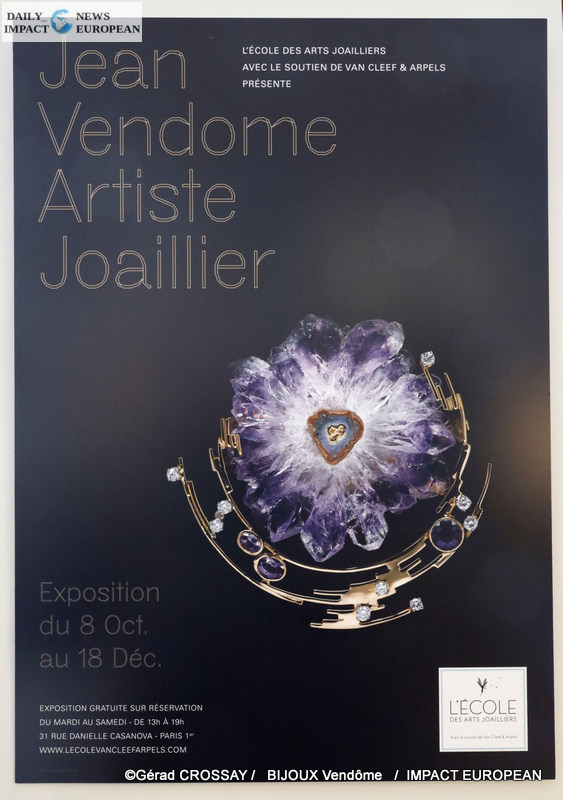

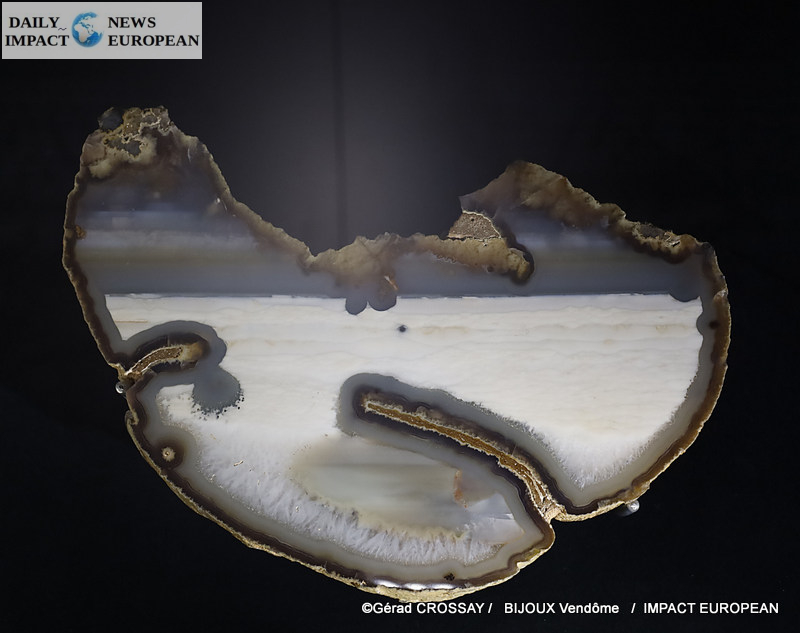
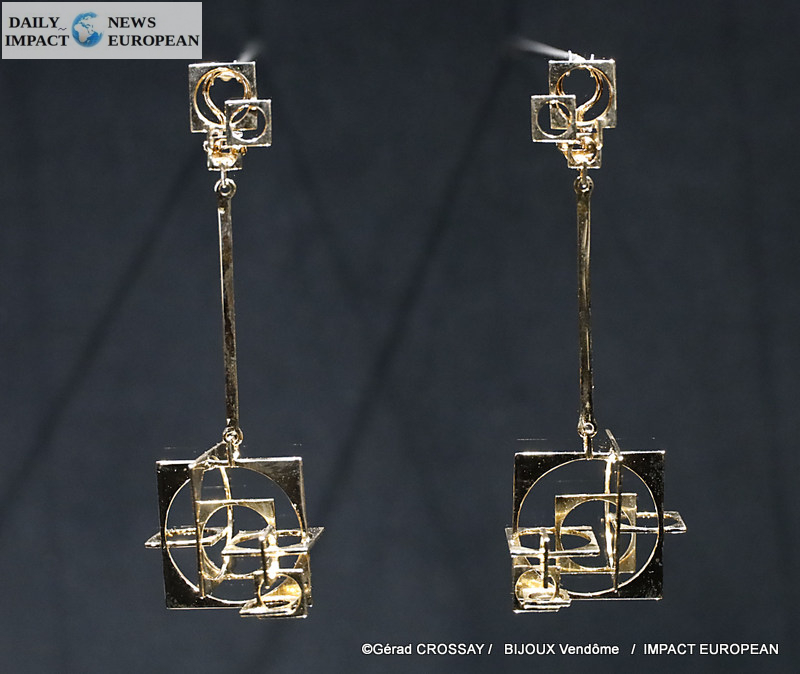


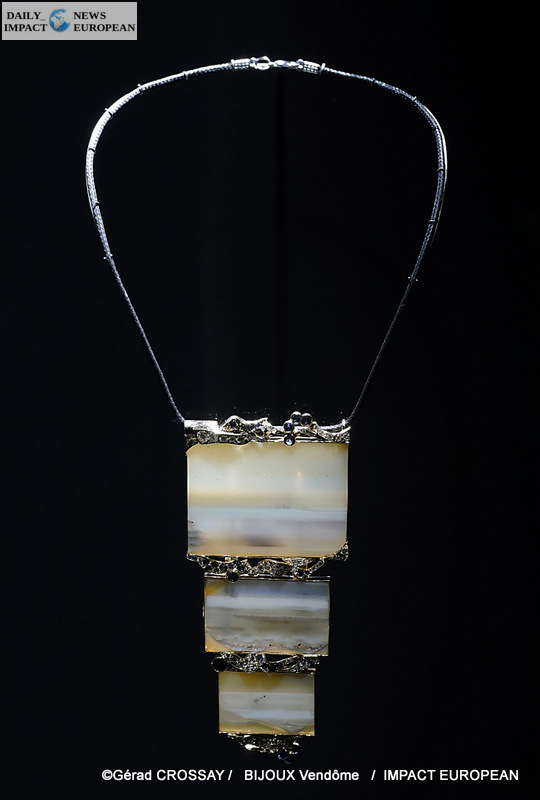
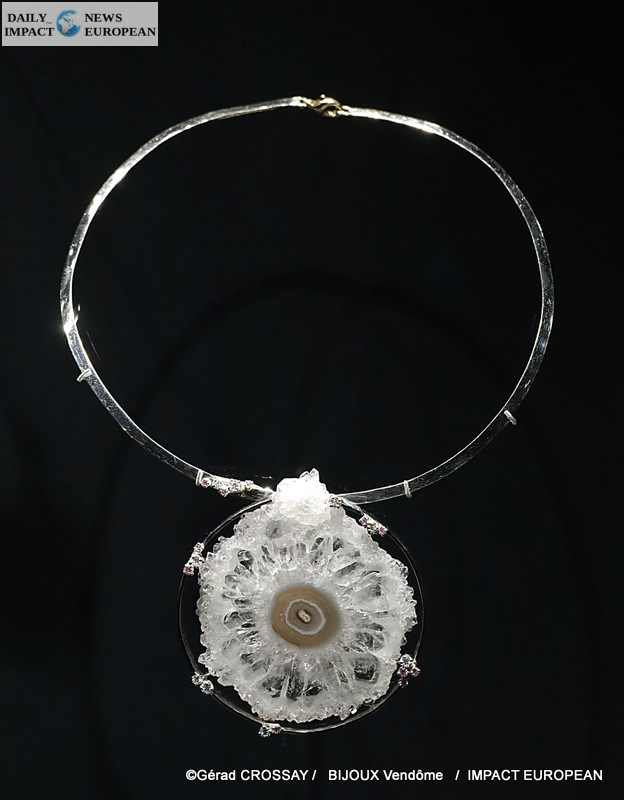
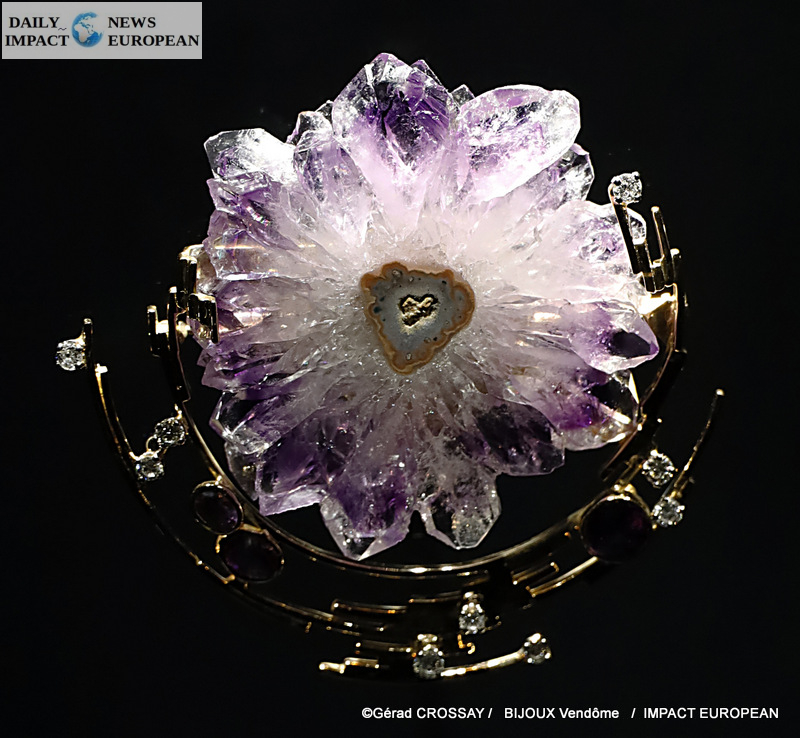
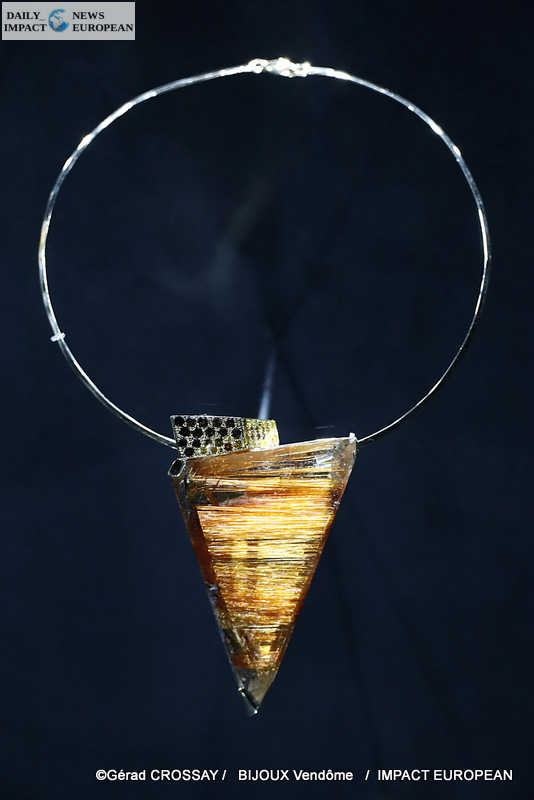
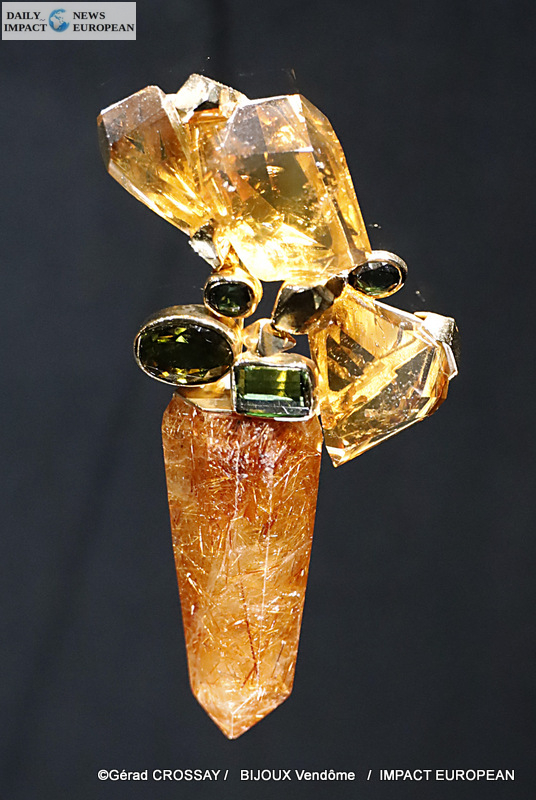
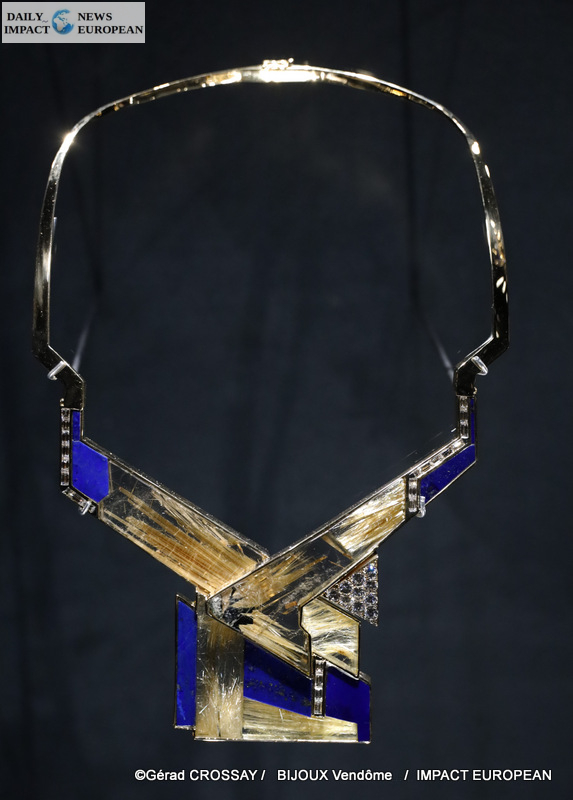
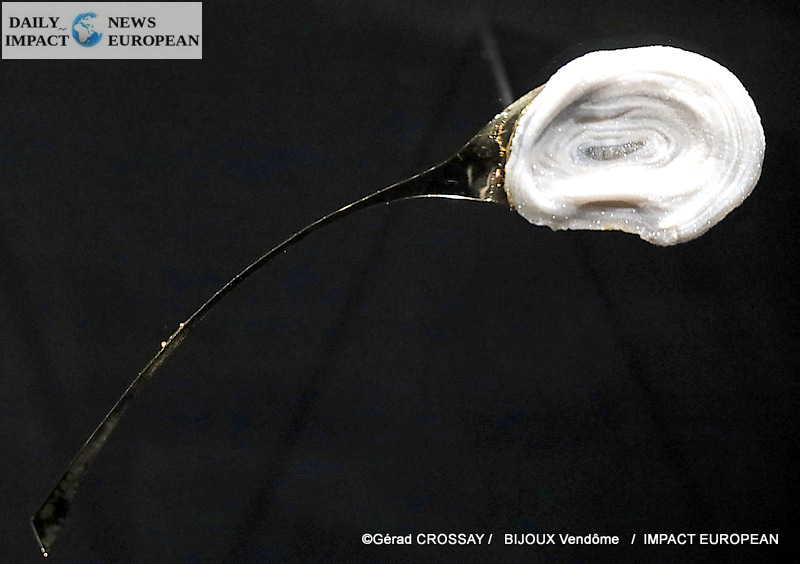
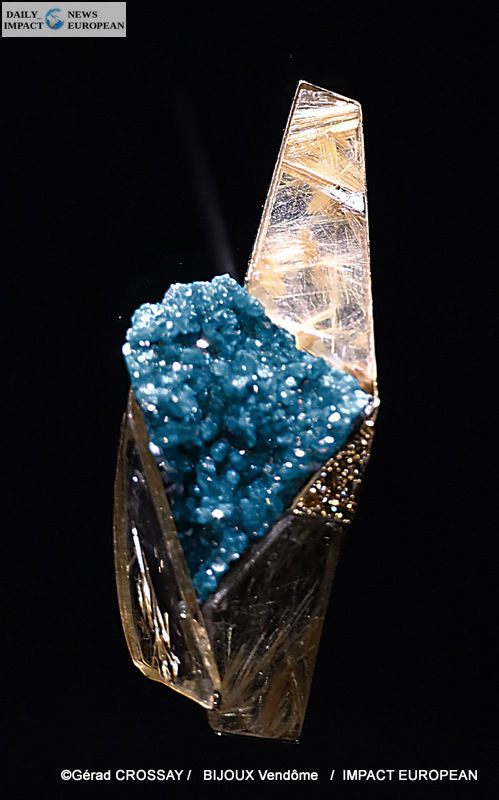
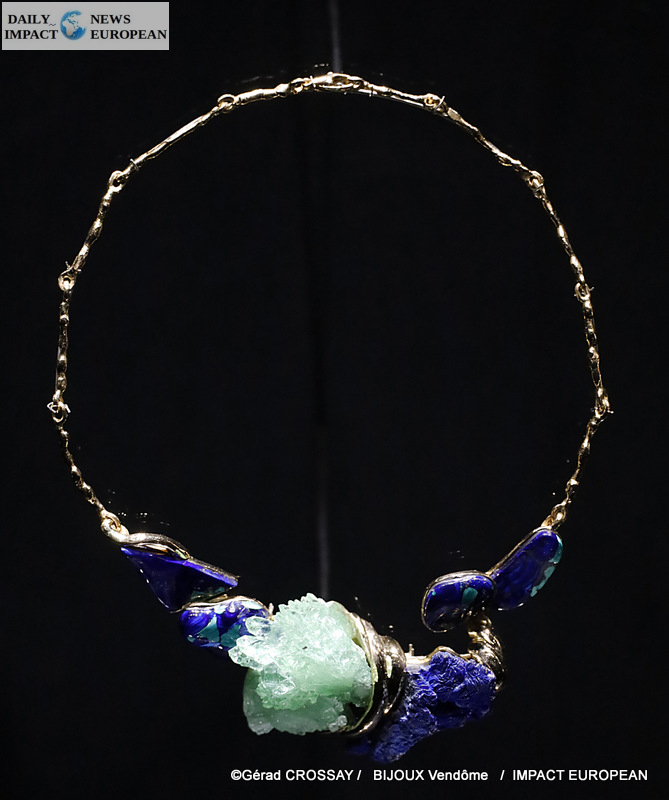
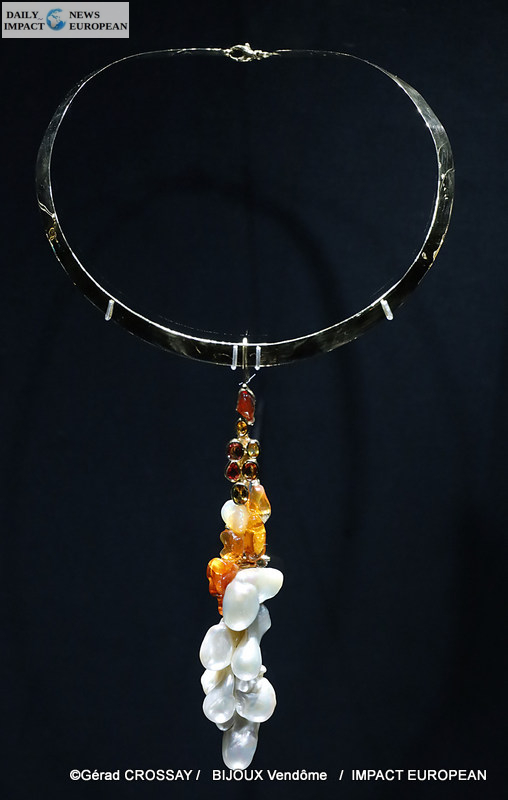


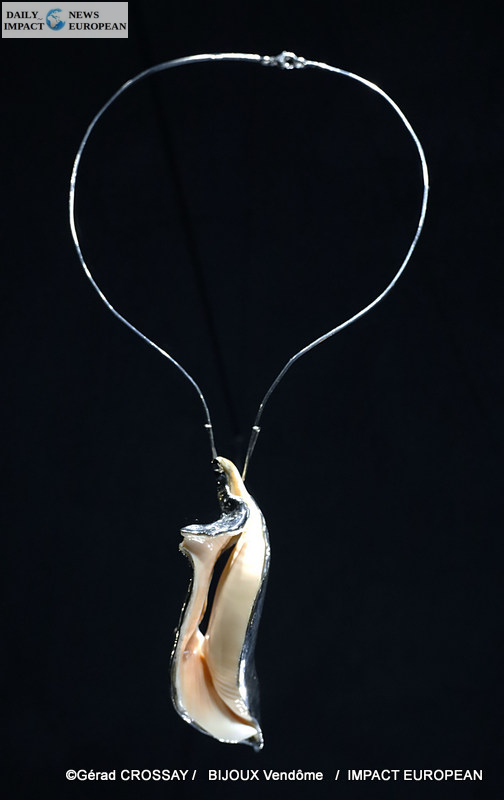

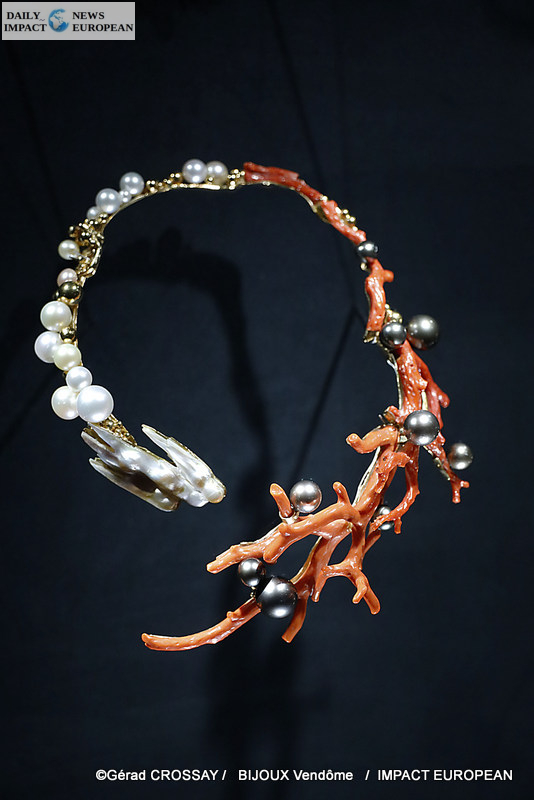
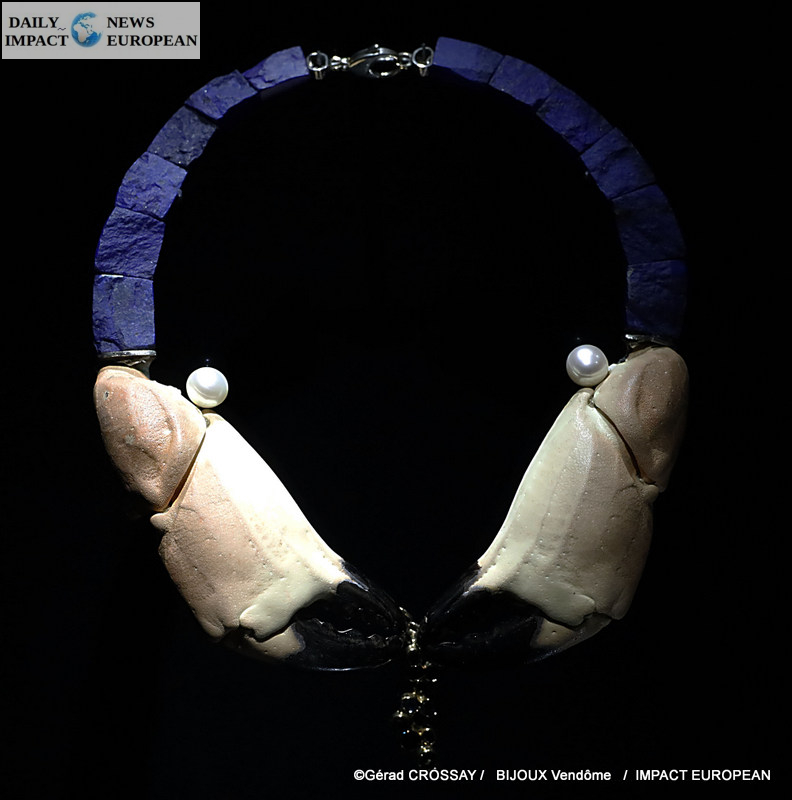

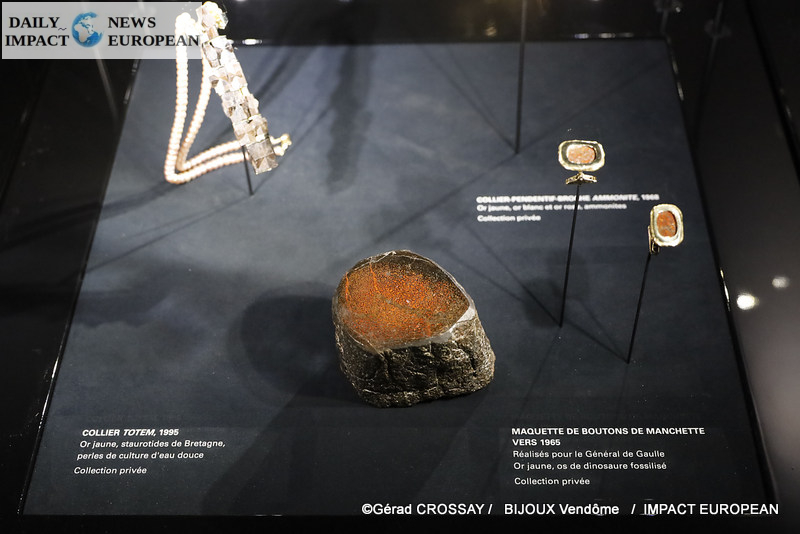
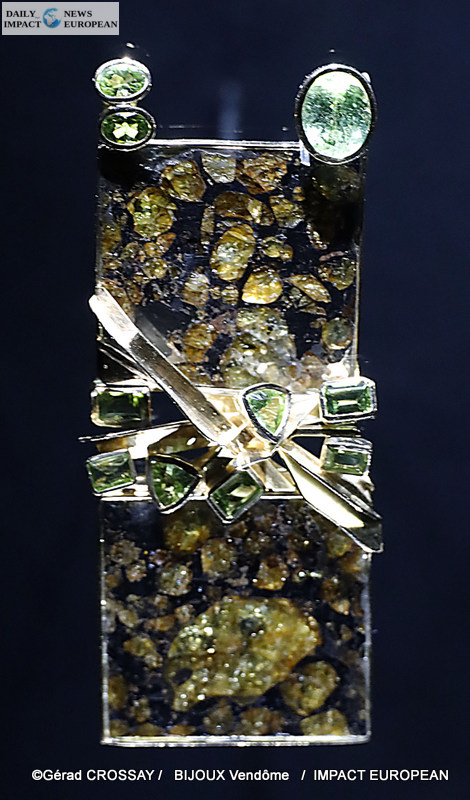
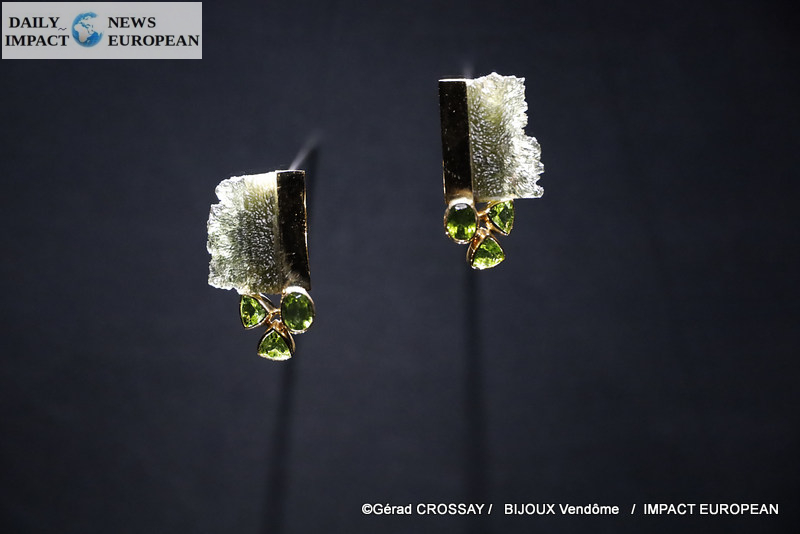
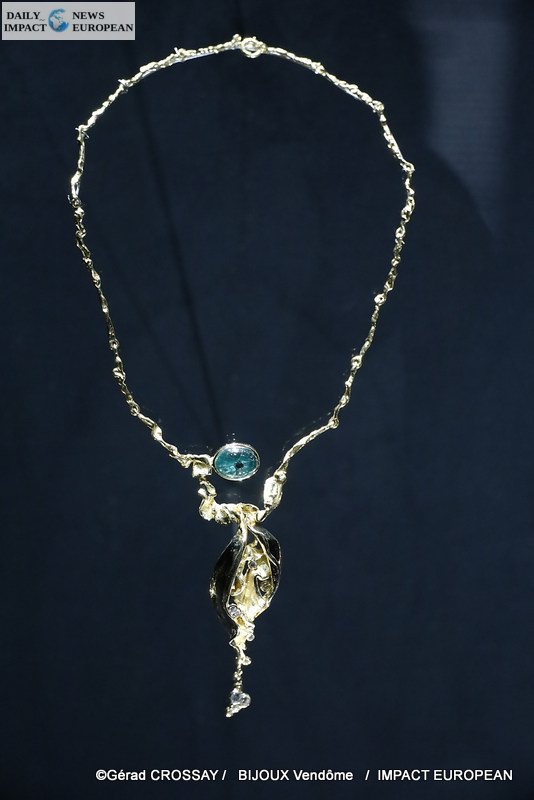

More Stories
METAL D’ALCOVE, the workshop of Eric KATZ, lighting sculptor in Montmartre
Paris Marathon 2024: Victory for Ethiopians at the Paris marathon
Gelsomina